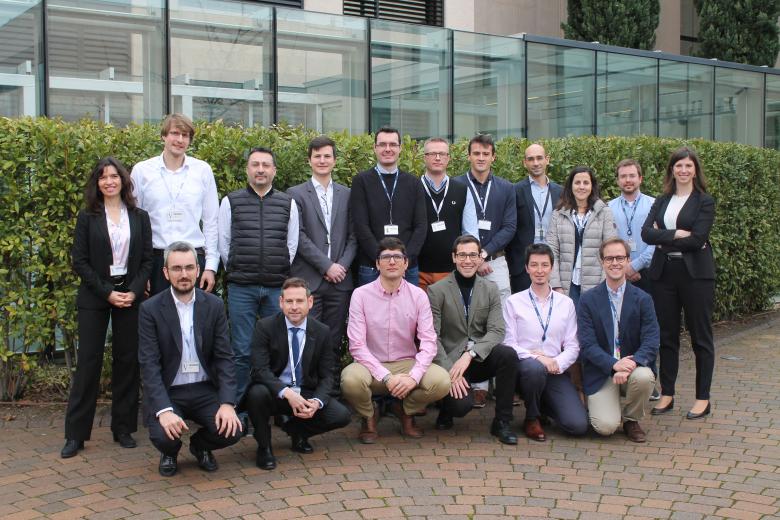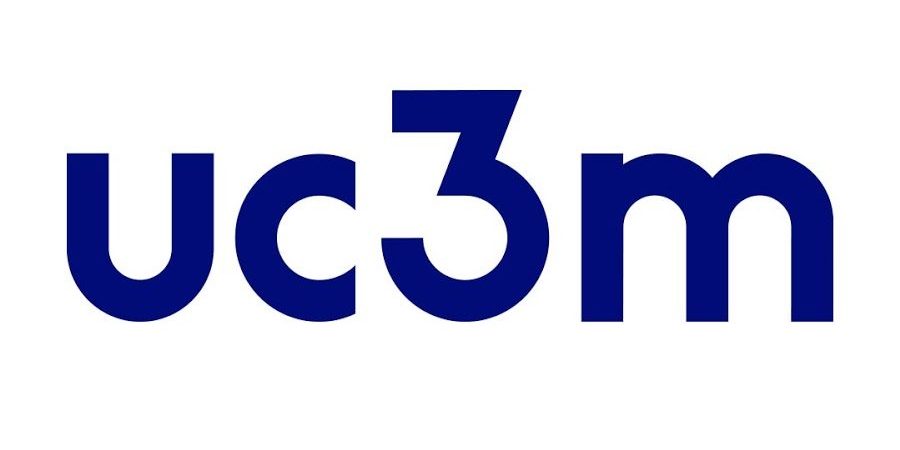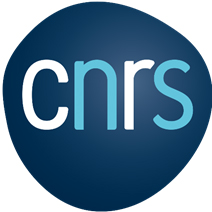
The HIPATIA Consortium was composed by 2 private companies, one Small Medium Enterprise and two research institutions that worked together for 36 months to advance in the HPT technology development to fit market needs and move the HIPATIA system towards industrialisation. Here you will find more information about them.

SENER was founded in 1956 as a firm of consultant naval architects, and soon it expanded its activity to other industrial fields. Since then, SENER has been devoted to the development of advanced systems in the infrastructures, marine, industrial and aerospace fields, providing consulting and architect engineering services in the broadest sense, from feasibility studies to the delivery of turnkey projects. SENER has developed equipment for Space applications for more than 50 years. The Company has been working on the Helicon Plasma Thruster technology for the last 6 years together with UC3M.

Universidad Carlos III de Madrid (UC3M) is a public university, founded in 1989, characterised by its strong international focus, the quality of its faculty, excellence in research and commitment to society. On the Framework Programme H2020, UC3M fostered its participation in the European Research Area with the submission of 547 proposals up to date. As a result, 71 projects have been awarded, out of which 13 are coordinated. The contribution of UC3M to the present project was covered by the Plasmas and Space Propulsion Team, with a two-decade experience in Electric Space Propulsion.

Airbus Defence and Space SAS is a worldwide leader in the space domain. The entity involved in current call is the Space Systems division of Airbus Defence and Space with three main activities: Communication, Intelligence & Security, military aircrafts and Space Systems. Airbus Defence and Space has got a full capability in all fields of space system and sub-system management, engineering and development and R&D. Within the HIPATIA project, the electric propulsion department was in charge of the definition of the subsystem architecture, the equipment specification, the development follow-up, the integration and tests on the satellites and the in-orbit follow-up for all telecom satellites, which are today the heart of electric propulsion market.

The Centre National de la Recherche Scientifique-ICARE laboratory is a research unit of the National Centre for Scientific Research (CNRS), a French government research organization. The Electric Propulsion (EP) team of ICARE has a long tradition in fundamental and applied research in the field of electric propulsion for satellites and spacecraft with activities like testing and optimization of EP technologies, development of new EP concepts and advanced optical and electrical diagnostic techniques. The team is internationally recognized for its expertise in laser-aided diagnostics, such as collective and incoherent Thomson scattering, or laser photodetachment.

Advanced Space Technologies (AST) produces components for space propulsion systems. The surface mounted fluidic component technology developed by AST allows miniaturisation of standard flow components. All AST products use components of European origin. No foreign export restrictions (e.g. ITAR) apply. Since 2016, AST participates in the H2020 “GIESEPP” and “CHEOPS” as a beneficiary and in the “HEMPTNG” project as a supplier for the propellant management system. Through these three H2020 EPIC projects AST is currently involved with most major European electric propulsion manufactures on development programs.

